-
 bitcoin
bitcoin $122288.232522 USD
0.16% -
 ethereum
ethereum $4480.662914 USD
-0.22% -
 xrp
xrp $2.962747 USD
-2.32% -
 tether
tether $1.000120 USD
-0.05% -
 bnb
bnb $1145.654223 USD
-2.07% -
 solana
solana $227.105217 USD
-1.67% -
 usd-coin
usd-coin $0.999548 USD
-0.02% -
 dogecoin
dogecoin $0.250875 USD
-2.04% -
 tron
tron $0.340654 USD
-0.49% -
 cardano
cardano $0.837968 USD
-2.52% -
 hyperliquid
hyperliquid $48.960449 USD
0.06% -
 chainlink
chainlink $22.049280 USD
-1.33% -
 ethena-usde
ethena-usde $1.000404 USD
0.02% -
 sui
sui $3.586212 USD
0.20% -
 avalanche
avalanche $29.894916 USD
-4.18%
How to view the excessive deviation of MA moving average? Is the probability of callback high?
The moving average helps traders spot trends and reversals in crypto markets; understanding its deviation can signal potential callbacks for strategic trading.
May 22, 2025 at 08:15 am
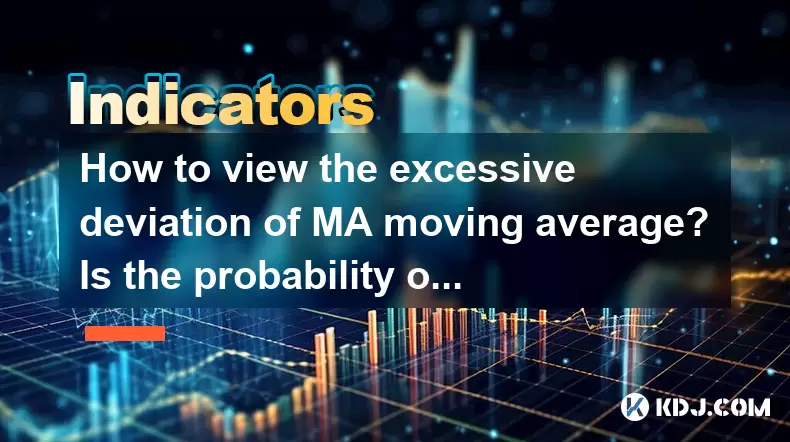
The moving average (MA) is a widely used technical analysis tool in the cryptocurrency trading community. It helps traders identify trends and potential reversal points by smoothing out price data over a specified period. One common concern among traders is understanding the excessive deviation of the MA and assessing the likelihood of a callback. This article will delve into these topics in detail, providing insights and strategies for effectively using the MA in your trading decisions.
Understanding the Moving Average
The moving average is calculated by taking the average price of a cryptocurrency over a specific number of periods. There are several types of MAs, with the simple moving average (SMA) and exponential moving average (EMA) being the most popular. The SMA gives equal weight to all prices within the period, while the EMA places more weight on recent prices, making it more responsive to new information.
To calculate the SMA, you sum up the closing prices over the chosen period and divide by the number of periods. For example, a 10-day SMA would be calculated as follows:
- Sum the closing prices of the last 10 days
- Divide the sum by 10
The EMA, on the other hand, uses a more complex formula that incorporates a smoothing factor. The formula for the EMA is:
[ EMA_t = (Pricet \times \frac{2}{N+1}) + (EMA{t-1} \times (1 - \frac{2}{N+1})) ]
Where ( EMA_t ) is the current EMA, ( Pricet ) is the current price, ( EMA{t-1} ) is the previous EMA, and ( N ) is the number of periods.
Identifying Excessive Deviation of the MA
Excessive deviation of the MA occurs when the current price of a cryptocurrency significantly diverges from its moving average. This deviation can be measured by calculating the difference between the current price and the MA and expressing it as a percentage of the MA.
To identify excessive deviation:
- Calculate the current MA using the chosen period (e.g., 20-day SMA).
- Determine the current price of the cryptocurrency.
- Calculate the deviation by subtracting the MA from the current price.
- Express the deviation as a percentage of the MA using the formula: ( \frac{Current Price - MA}{MA} \times 100 ).
A high percentage deviation indicates that the price has moved significantly away from the MA, which could signal an overbought or oversold condition.
Assessing the Probability of a Callback
The probability of a callback after an excessive deviation from the MA depends on several factors, including market sentiment, trading volume, and the presence of other technical indicators. Generally, a high deviation from the MA increases the likelihood of a price correction, as the market may perceive the price as being unsustainable.
To assess the probability of a callback:
- Monitor the deviation percentage over time. A consistently high deviation increases the likelihood of a callback.
- Analyze trading volume. High volume during a deviation can indicate strong market interest, which may lead to a more significant correction.
- Use other technical indicators, such as the Relative Strength Index (RSI) or Bollinger Bands, to confirm the potential for a callback. For example, an RSI above 70 may indicate an overbought condition, increasing the likelihood of a price correction.
Strategies for Trading Based on MA Deviation
Traders can use the concept of MA deviation to develop strategies that capitalize on potential callbacks. Here are some approaches:
Mean Reversion Strategy: This strategy involves buying a cryptocurrency when its price deviates significantly below the MA and selling when it deviates significantly above. The idea is to profit from the price returning to its average.
To implement this strategy:
- Identify a cryptocurrency with a significant negative deviation from its MA.
- Set a buy order at a level where the deviation is considered excessive (e.g., -5%).
- Monitor the price as it moves back towards the MA.
- Set a sell order when the price reaches a positive deviation threshold (e.g., +5%).
Trend Following Strategy: This strategy involves riding the trend when the price deviates significantly from the MA and then exiting the position before a potential callback.
To implement this strategy:
- Identify a cryptocurrency with a significant positive deviation from its MA.
- Set a buy order at a level where the deviation is considered excessive (e.g., +5%).
- Monitor the price as it continues to rise.
- Set a sell order at a level where the deviation is considered unsustainable (e.g., +10%).
Using Multiple Timeframes for MA Analysis
Using multiple timeframes can enhance your analysis of MA deviation and the probability of a callback. Different timeframes can provide different perspectives on the market, allowing you to make more informed trading decisions.
To use multiple timeframes:
- Analyze the MA deviation on a short-term chart (e.g., 1-hour chart) to identify immediate trading opportunities.
- Confirm the deviation on a medium-term chart (e.g., 4-hour chart) to validate the short-term signals.
- Use a long-term chart (e.g., daily chart) to understand the broader market trend and assess the sustainability of the deviation.
By combining insights from different timeframes, you can gain a more comprehensive view of the market and improve your trading accuracy.
Practical Example of MA Deviation Analysis
Let's consider a practical example of analyzing MA deviation for Bitcoin (BTC). Suppose we are using a 20-day SMA to assess the deviation.
- Step 1: Calculate the 20-day SMA of BTC.
- Step 2: Determine the current price of BTC.
- Step 3: Calculate the deviation percentage using the formula: ( \frac{Current Price - 20-day SMA}{20-day SMA} \times 100 ).
If the deviation percentage is +10%, it indicates that BTC's price is 10% above its 20-day SMA. This high positive deviation suggests that BTC may be overbought, increasing the likelihood of a callback.
To further assess the probability of a callback:
- Step 4: Analyze the RSI on a daily chart. If the RSI is above 70, it confirms the overbought condition.
- Step 5: Monitor trading volume. High volume during the deviation indicates strong market interest, which may lead to a more significant correction.
- Step 6: Use a 4-hour chart to confirm the deviation and potential callback signals from the daily chart.
By following these steps, you can gain a clearer understanding of the excessive deviation and the probability of a callback for BTC.
Frequently Asked Questions
Q1: Can MA deviation be used for all cryptocurrencies, or is it more effective for specific ones?A1: MA deviation can be applied to all cryptocurrencies, but its effectiveness may vary depending on the liquidity and volatility of the specific cryptocurrency. Highly liquid and volatile cryptocurrencies like Bitcoin and Ethereum may provide more reliable signals due to their larger trading volumes and market interest.
Q2: How often should I recalculate the MA to monitor deviation?A2: The frequency of recalculating the MA depends on your trading timeframe. For short-term traders, recalculating the MA every hour or every 4 hours can provide timely signals. For long-term traders, recalculating the MA daily or weekly may be sufficient to monitor longer-term trends.
Q3: Are there any other technical indicators that can complement MA deviation analysis?A3: Yes, several technical indicators can complement MA deviation analysis. Some popular ones include the Relative Strength Index (RSI), Bollinger Bands, and the Moving Average Convergence Divergence (MACD). These indicators can help confirm overbought or oversold conditions and provide additional insights into potential callbacks.
Q4: Can MA deviation be used in conjunction with fundamental analysis?A4: Yes, MA deviation can be used alongside fundamental analysis to provide a more comprehensive view of a cryptocurrency's potential. While technical analysis focuses on price movements and trends, fundamental analysis considers factors such as project development, team credibility, and market adoption. Combining both approaches can help traders make more informed decisions.
Disclaimer:info@kdj.com
The information provided is not trading advice. kdj.com does not assume any responsibility for any investments made based on the information provided in this article. Cryptocurrencies are highly volatile and it is highly recommended that you invest with caution after thorough research!
If you believe that the content used on this website infringes your copyright, please contact us immediately (info@kdj.com) and we will delete it promptly.
- BlockDAG, DOGE, HYPE Sponsorship: Crypto Trends Shaping 2025
- 2025-10-01 00:25:13
- Deutsche Börse and Circle: A StableCoin Adoption Powerhouse in Europe
- 2025-10-01 00:25:13
- BlockDAG's Presale Buzz: Is It the Crypto to Watch in October 2025?
- 2025-10-01 00:30:13
- Bitcoin, Crypto, and IQ: When Genius Meets Digital Gold?
- 2025-10-01 00:30:13
- Stablecoins, American Innovation, and Wallet Tokens: The Next Frontier
- 2025-10-01 00:35:12
- NBU, Coins, and Crypto in Ukraine: A New Yorker's Take
- 2025-10-01 00:45:14
Related knowledge
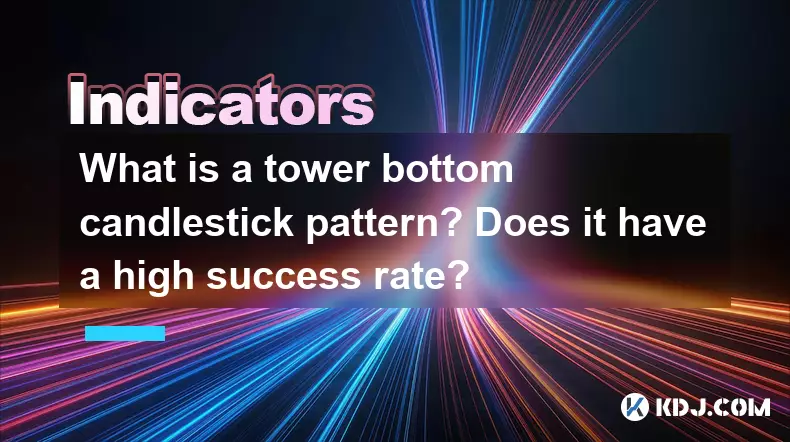
What is a tower bottom candlestick pattern? Does it have a high success rate?
Sep 22,2025 at 07:18am
Tower Bottom Candlestick Pattern Explained1. The tower bottom candlestick pattern is a reversal formation that typically appears at the end of a downt...
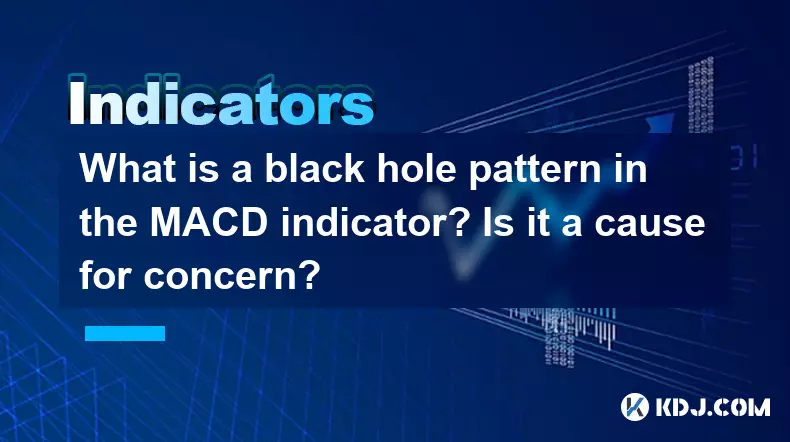
What is a black hole pattern in the MACD indicator? Is it a cause for concern?
Sep 21,2025 at 06:54pm
Bitcoin's Role in Decentralized Finance1. Bitcoin remains the cornerstone of decentralized finance, serving as a benchmark for value and security acro...

How can I use the psychological line (PSY) to determine market sentiment?
Sep 17,2025 at 02:19pm
Understanding the Psychological Line (PSY) in Cryptocurrency TradingThe Psychological Line, commonly referred to as PSY, is a momentum oscillator used...
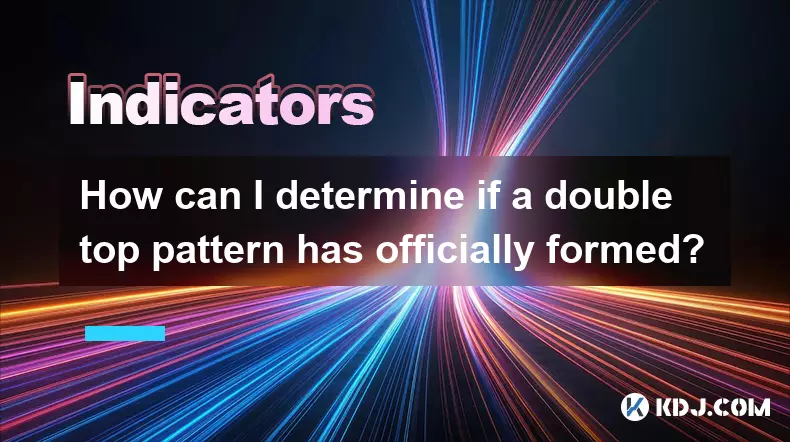
How can I determine if a double top pattern has officially formed?
Sep 21,2025 at 03:18am
Understanding the Structure of a Double Top Pattern1. A double top pattern consists of two distinct peaks that reach approximately the same price leve...
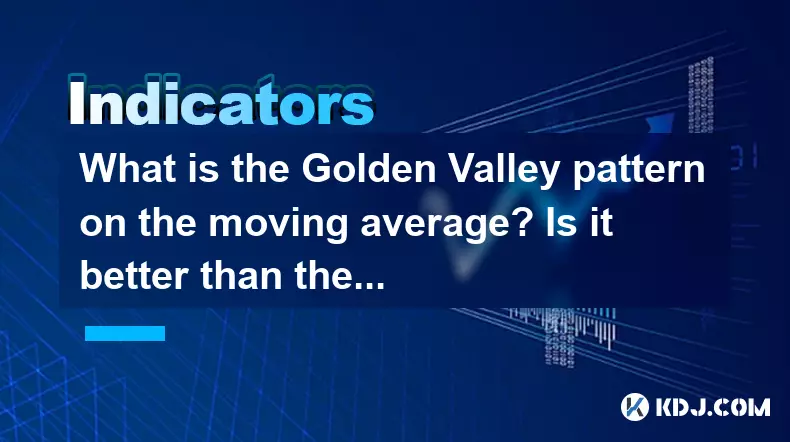
What is the Golden Valley pattern on the moving average? Is it better than the Silver Valley pattern?
Sep 21,2025 at 02:54pm
Understanding the Golden Valley Pattern in Moving Averages1. The Golden Valley pattern is a technical formation observed in cryptocurrency price chart...

What does a death cross of the RSI in the strong zone (above 50) mean?
Sep 17,2025 at 10:54pm
Understanding the Death Cross in RSI Context1. The term 'death cross' is traditionally associated with moving averages, where a short-term average cro...

What is a tower bottom candlestick pattern? Does it have a high success rate?
Sep 22,2025 at 07:18am
Tower Bottom Candlestick Pattern Explained1. The tower bottom candlestick pattern is a reversal formation that typically appears at the end of a downt...

What is a black hole pattern in the MACD indicator? Is it a cause for concern?
Sep 21,2025 at 06:54pm
Bitcoin's Role in Decentralized Finance1. Bitcoin remains the cornerstone of decentralized finance, serving as a benchmark for value and security acro...

How can I use the psychological line (PSY) to determine market sentiment?
Sep 17,2025 at 02:19pm
Understanding the Psychological Line (PSY) in Cryptocurrency TradingThe Psychological Line, commonly referred to as PSY, is a momentum oscillator used...

How can I determine if a double top pattern has officially formed?
Sep 21,2025 at 03:18am
Understanding the Structure of a Double Top Pattern1. A double top pattern consists of two distinct peaks that reach approximately the same price leve...

What is the Golden Valley pattern on the moving average? Is it better than the Silver Valley pattern?
Sep 21,2025 at 02:54pm
Understanding the Golden Valley Pattern in Moving Averages1. The Golden Valley pattern is a technical formation observed in cryptocurrency price chart...

What does a death cross of the RSI in the strong zone (above 50) mean?
Sep 17,2025 at 10:54pm
Understanding the Death Cross in RSI Context1. The term 'death cross' is traditionally associated with moving averages, where a short-term average cro...
See all articles










































































